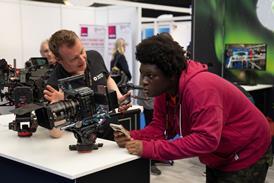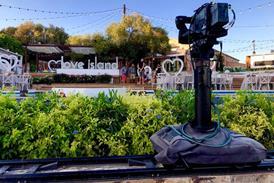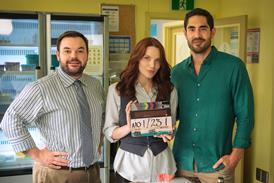A professor of graphics and imaging from Cambridge University has warned that despite the current push, 3D TV could still have too many cultural and technical limitations to go mainstream in the UK.
Speaking at Screen Yorkshire and NorthernNet’s 3D In Your Face conference in Bradford last week, Neil Dodgson said the jury would remain out on stereo 3D until the industry introduces affordable glasses or glasses-free technology.
Dodgson, who has more than 20 years’ 3D research experience, said: “At the moment, everybody in the home needs a pair of glasses to watch 3D. If they cost £100 each, are you going to pay for all your friends to come round and watch the Cup Final? We need cheaper versions.
“And people don’t just watch TV in their living rooms. They do other things at the same time, such as ironing. Until we can get 3D into the home that doesn’t need glasses, we’re in a bit of trouble.”
During his presentation Professor Dodgson also examined the various glasses-free options - such as fourier plane shuttering and parallex barriers - but found potential problems there too.
“They have fundamental limitations as there is only a limited zone on the screen in which you can see the picture,” he said. ” It’s TV for one person. There are alternatives but you have to rearrange your entire living room. And people aren’t going to like that. It means you need to understand how 3D works to use it effectively.
Dodgson also reiterated the need for more 3D content if TV channels are to succeed, although he was more optimistic on that front.
“We didn’t have much colour content when those channels started either,” he said.
Dodgson works at Cambridge University’s Computer Laboratory, where he developed the Cambridge autostereoscopic display.
In the late 1990s, he was involved in a project to commercialise it as early 3D TV.
Dodgson is also co-chair of the annual Stereoscopic Displays & Applications conference




























No comments yet